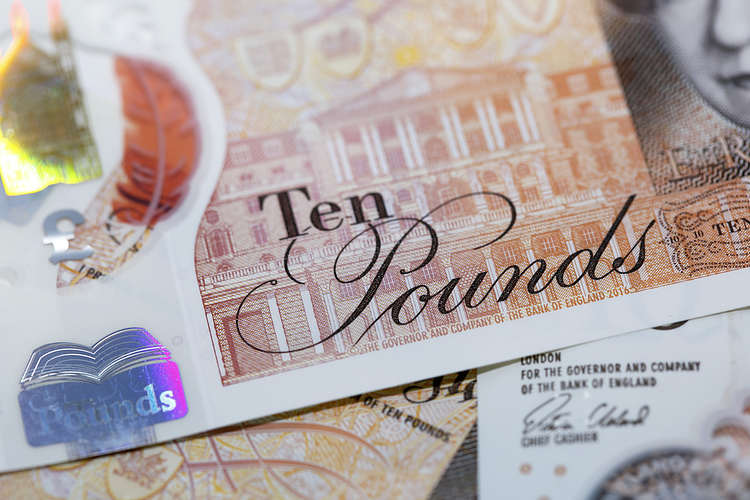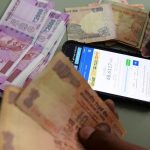The financial markets are quiet on the second trading day of the week, with investors closely watching the August ISM Manufacturing PMI data from the US. The US Dollar Index registered marginal losses on Monday and remains steady above 101.50 on Tuesday, while the benchmark 10-year US Treasury bond yield fluctuates at around 3.9%. US stock index futures are trading in negative territory ahead of the PMI data release, which is forecasted to edge higher to 47.5 in August from 46.8 in July.
The US Dollar has been the strongest against the Japanese Yen over the last 7 days, as shown in the percentage changes against major currencies in the table. The heat map also displays the percentage changes of major currencies against each other. In the early European session, data from Switzerland showed that the annual Consumer Price Index rose 1.1% on a yearly basis in August, below market expectations of 1.2%. The Gross Domestic Product (GDP) in Switzerland expanded at an annual rate of 1.8% in the second quarter, up from 0.6% in the first quarter. The exchange rate of USD/CHF remained stable above 0.8500 despite the data release.
EUR/USD struggles to maintain its recovery momentum and decreases towards 1.1050 in the early European session on Tuesday after closing positive on Monday. GBP/USD failed to make a significant move on Monday and is declining towards 1.3100 in the European morning. Gold reached its lowest level in a week at $2,490 on Monday but managed to recover some of its losses. XAU/USD remains steady but below $2,500 on Tuesday. USD/JPY closed in the positive territory on Monday and reached its highest level in nearly two weeks above 147.00, but falls towards 146.00 early Tuesday under bearish pressure.
The US Dollar (USD) is the official currency of the United States and is the most heavily traded currency globally, accounting for over 88% of all foreign exchange turnover. The value of the USD is influenced by the Federal Reserve’s monetary policy, which aims to achieve price stability and full employment. The Fed adjusts interest rates in response to inflation and unemployment levels, with rate hikes boosting the USD value and rate cuts weighing on the currency. In extreme situations, the Fed can implement quantitative easing (QE) to increase credit flow, which usually weakens the USD. Quantitative tightening (QT) is the reverse process that strengthens the USD by reducing the flow of credit.
















